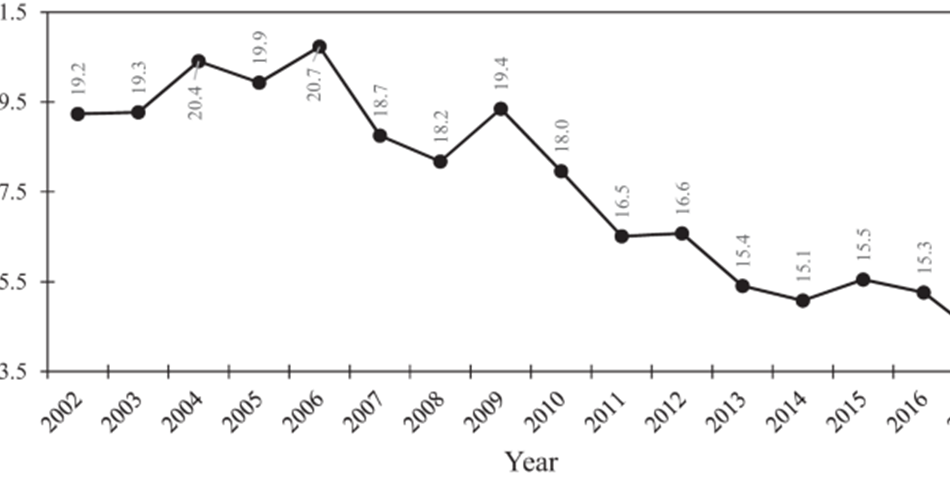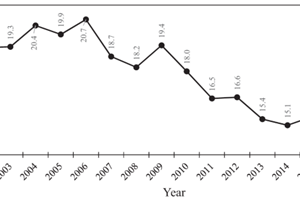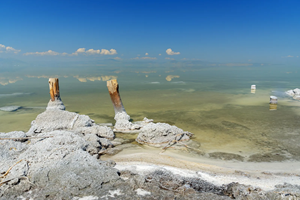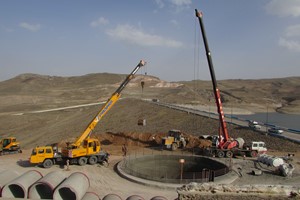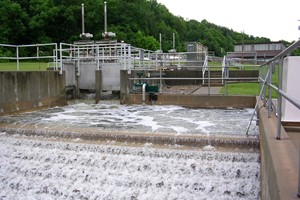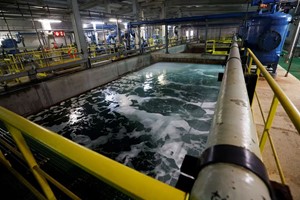Groundwater scarcity in Iran has reached alarming levels, posing a severe threat to the country's water and food security. The study, spanning from 2002 to 2017, reveals a staggering 35% decline in nationwide groundwater recharge. This decline is primarily attributed to unsustainable development practices, including the shift from traditional Persian qanats to more modern, yet less sustainable, (semi)deep wells in the agricultural sector.
Iran, often considered a global hotspot for aquifer depletion, has been grappling with the consequences of groundwater imbalance since the 1950s. The transition from qanats, which were historically sustainable groundwater extraction systems and even recognized as UNESCO World Cultural Heritage sites, to contemporary extraction methods has accelerated the depletion of aquifers.
The nationwide groundwater monitoring network in Iran records withdrawals from over one million extraction points, including wells, springs, and qanats. Despite this extensive monitoring of withdrawals, the lack of comprehensive data on groundwater recharge hinders a complete understanding of the situation. This scarcity of information is particularly concerning given that Iran is experiencing a decline in clean surface water availability, making groundwater a crucial resource for both agricultural and domestic needs.
The study delves into the drivers behind the decline in groundwater recharge, emphasizing the impact of both natural and anthropogenic factors. While precipitation and evapotranspiration showed relatively stable trends, changes in land use, reductions in surface water resources, and the decline in irrigation return flows were identified as significant contributors to the problem. Moreover, land subsidence, a consequence of intensive agricultural practices, further exacerbates the situation by reducing soil permeability and hindering groundwater recharge capacity.
The implications of reduced groundwater recharge extend beyond water scarcity, affecting various facets of Iran's environment and economy. The country is witnessing the negative consequences of declining aquifers, including land subsidence, desertification, dust storms, landslides, and increased vulnerability to droughts and floods. Furthermore, the decline in soil fertility and biodiversity, coupled with a rise in greenhouse gas emissions, paints a grim picture for Iran's landscapes.
From a regional perspective, Iran's role as a major food producer in the Persian Gulf is under threat. The decline in groundwater recharge jeopardizes the country's ability to sustain agricultural output, impacting not only its own food security but also compromising regional food supplies.
Efforts to address the crisis include plans for artificial recharge of groundwater, but the study emphasizes the need for a holistic approach. While engineering solutions like artificial recharge are promising, the study argues that they alone may not be sufficient. Instead, it advocates for prioritizing and reducing water demand, backed by efficient water governance and conservation policies. The study suggests a shift from a top-down governance structure to a cooperative, bottom-up approach that actively involves local stakeholders, particularly farmers, who are major consumers of groundwater resources.
In summary, the study sheds light on the critical state of groundwater resources in Iran and the urgent need for comprehensive measures to tackle the impending water crisis. The findings emphasize the importance of sustainable water management, policy reforms, and collaborative efforts to secure a more resilient and water-secure future for Iran and the surrounding region.
By Roohollah Noori, Mohsen Maghrebi, Søren Jessen, Sayed M. Bateni, Essam Heggy, Saman Javadi, Mojtaba Noury, Severin Pistre, Soroush Abolfathi & Amir AghaKouchak
Edited by Yehya Aoun




